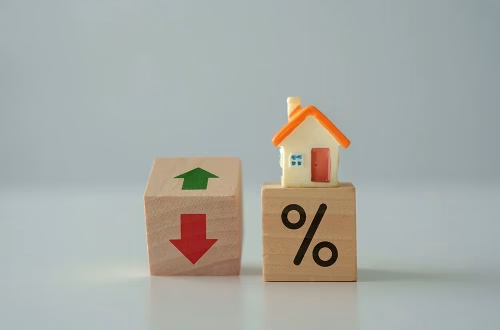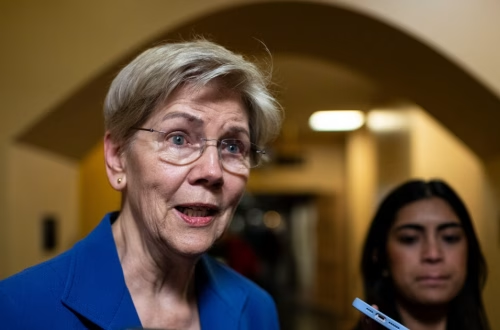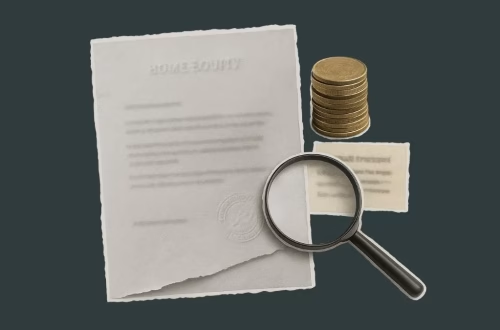Are There No-Income-Verification Mortgage Options?
Summary:
No-income-verification mortgages provide a unique financing solution for borrowers who cannot or prefer not to document traditional income. These loans are particularly valuable for self-employed individuals, freelancers, real estate investors, and business owners with irregular cash flow. While traditional mortgages require W-2s or tax returns, no-income-verification options use alternative methods to assess creditworthiness. Understanding these mortgage types is crucial for borrowers who need financing without conventional income proof. This article explores available options, eligibility requirements, and key considerations to help you make an informed decision.
What This Means for You:
- Alternative financing path: If you have non-traditional income sources, you may still qualify for a mortgage without standard documentation.
- Higher costs expected: Prepare for larger down payments (20-40%) and higher interest rates compared to conventional loans.
- Asset-based qualification: Lenders may focus on your liquid assets and overall financial profile rather than income.
- Future outlook: These loans remain niche products post-2008 crisis, so work with specialized lenders and mortgage brokers.
Are There No-Income-Verification Mortgage Options?
“Are There No-Income-Verification Mortgage Options?” Explained:
No-income-verification mortgages are home loans that don’t require traditional income documentation like pay stubs or tax returns. These specialized products emerged to serve borrowers with complex financial situations where standard income verification isn’t practical or possible. Instead of income proof, lenders evaluate credit history, assets, and overall financial stability.
In today’s market, these loans primarily serve self-employed professionals, real estate investors, and high-net-worth individuals. Post-financial crisis, true “no-doc” loans have largely disappeared, but alternatives like bank statement loans and asset-based mortgages fill this niche. These options carry more risk for lenders, resulting in stricter terms and higher costs for borrowers.
“Are There No-Income-Verification Mortgage Options?” Types:
Bank Statement Loans: Instead of tax returns, lenders review 12-24 months of bank statements to calculate average monthly deposits. Ideal for self-employed borrowers showing strong cash flow but writing off income on taxes. Typically require 20-30% down with slightly higher rates.
Asset-Based Mortgages: Qualification depends primarily on liquid assets (12-24 months of mortgage payments in reserves). Best for retirees or investors living off investments rather than employment income. Often require 30-40% down payment.
DSCR Loans (Debt Service Coverage Ratio): For investment properties, lenders evaluate the property’s income potential rather than your personal income. Requires 20-25% down with rates 1-3% higher than conventional loans.
Non-QM Loans: Non-qualified mortgages offer flexible underwriting outside traditional guidelines. May combine elements of bank statement and asset-based approaches. Typically have the highest rates and fees of all options.
Requirements of “Are There No-Income-Verification Mortgage Options?”:
While specific requirements vary by lender, most no-income-verification mortgages require:
- Excellent credit (700+ score preferred)
- Significant cash reserves (6-24 months of payments)
- Large down payment (20-40% of purchase price)
- Clean credit history with no recent major derogatory marks
- For business owners: active business license and DBA documentation
“Are There No-Income-Verification Mortgage Options?” Process:
1. Pre-Approval: Work with a specialized lender to determine which no-income-verification program fits your situation. Expect to provide bank statements, asset documentation, and credit reports.
2. Property Selection: These loans often have stricter property requirements regarding type, condition, and location. Investment properties may need existing tenants or lease agreements.
3. Underwriting: The lender will verify your assets, analyze cash flow patterns from bank statements, and assess overall risk. This process takes longer than conventional underwriting (45-60 days).
4. Closing: Expect higher closing costs (3-5% of loan amount) and prepayment penalties (2-5 years) are common. The entire process typically takes 60-90 days from application to funding.
Choosing the Right Finance Option:
When evaluating no-income-verification mortgages, consider:
- Interest Rates: Expect rates 1.5-3% higher than conventional mortgages. Compare multiple lenders.
- Loan Terms: Most are 30-year fixed or 5/1 ARMs. Adjustable rates may offer lower initial payments.
- Lender Reputation: Work with established non-QM lenders like Citadel, Angel Oak, or First National Bank of America.
- Red Flags: Avoid lenders requiring upfront fees before approval or offering rates significantly below market.
Market conditions significantly impact availability. When conventional lending tightens, these products become more expensive or disappear entirely. Lock rates quickly after approval.
People Also Ask:
Can I get a mortgage without proof of income?
Yes, through bank statement loans, asset-based mortgages, or DSCR loans for investment properties. These alternatives don’t require traditional income documentation but have stricter requirements regarding credit, assets, and down payments.
What credit score do I need for a no-income-verification mortgage?
Most lenders require minimum 660-700 FICO scores for no-income-verification mortgages, with 720+ qualifying for better rates. Strong credit helps compensate for the lack of income verification.
How much down payment is required?
Expect 20-40% down payments depending on the loan type and your financial profile. Bank statement loans typically require 20-25%, while asset-based mortgages may need 30-40% down.
Are no-income-verification mortgages more expensive?
Yes, these loans carry higher interest rates (1.5-3% above conventional rates), larger down payments, and often prepayment penalties. Fees are also typically higher at 3-5% of the loan amount.
Can I refinance into a conventional loan later?
Yes, many borrowers use these loans initially then refinance to conventional mortgages after 2-3 years when they can document sufficient income through tax returns or business financials.
Extra Information:
CFPB Explanation of No-Doc Mortgages – Official guidance on non-traditional mortgage products from the Consumer Financial Protection Bureau.
Top Non-QM Lenders – Updated ranking of lenders specializing in alternative documentation mortgages.
Expert Opinion:
No-income-verification mortgages serve an important niche but require careful consideration. Borrowers should exhaust conventional options first and only use these products when absolutely necessary. Work with experienced mortgage professionals who can properly structure these loans to avoid future financial strain. The higher costs make these best suited for short-term financing needs with clear exit strategies.
Key Terms:
- no income verification mortgage loans for self employed
- how to qualify for a mortgage without tax returns
- bank statement only mortgage lenders
- asset based mortgage loans for investors
- DSCR rental property loans no income verification
- non-QM mortgage rates and requirements
- best lenders for no doc mortgages 2024
*featured image sourced by Pixabay.com
Automatic Mortgage Calculator
Welcome to our Automatic Mortgage Calculator 4idiotz! Please just add your figures in the correct sections below and the Automatic Mortgage Calculator will automatically calculate the results for you and display them at the bottom of the page.





